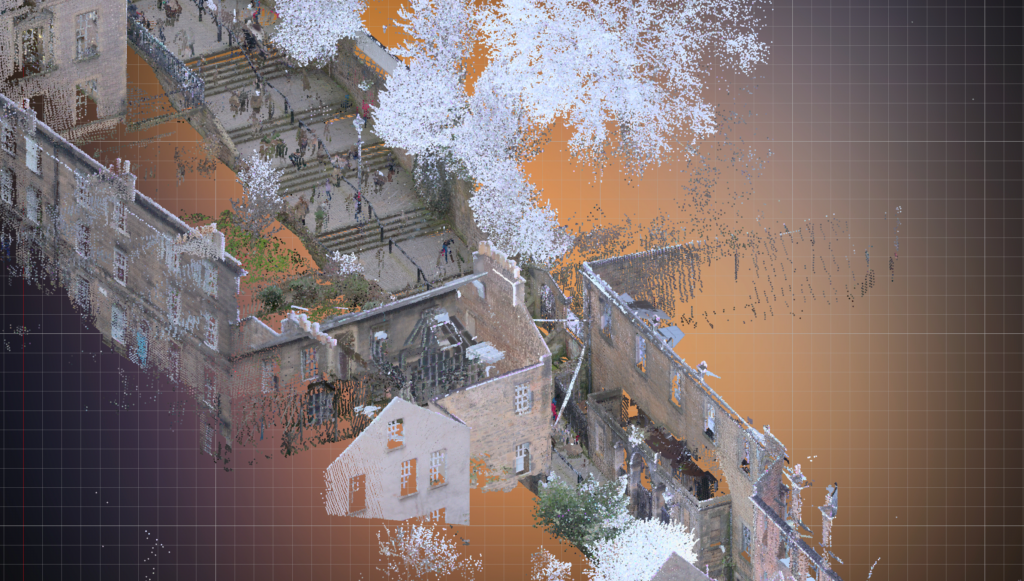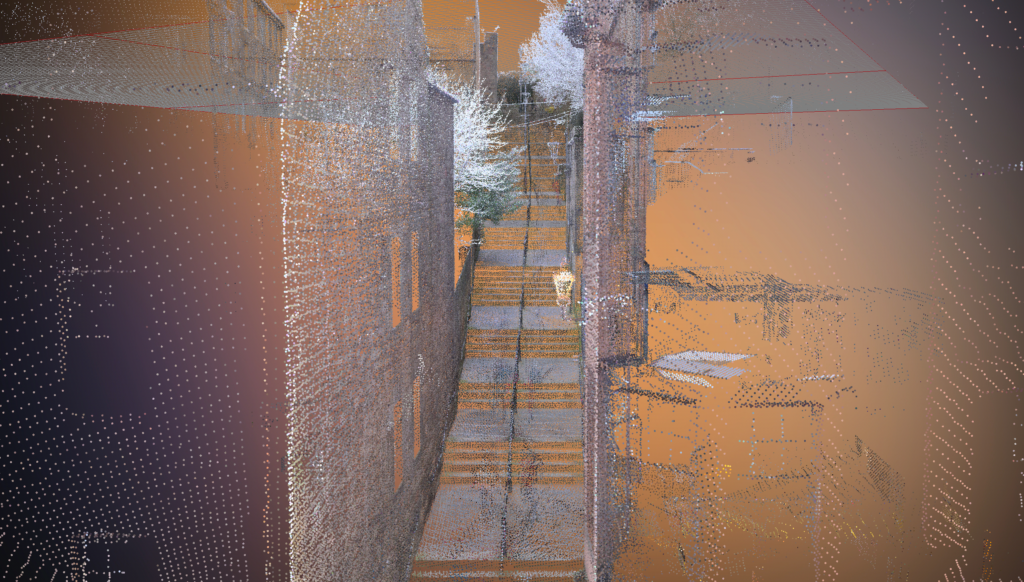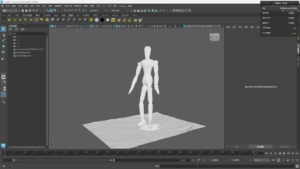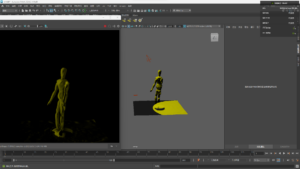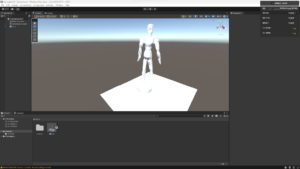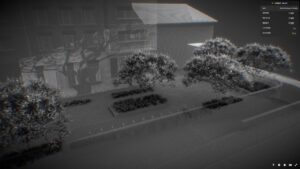1. 3d printed model of the sculpture in Dean’s village
Lidar Scan of the Sculpture: Lidar scanning involves using laser pulses to measure distances and create a detailed 3D representation of an object or environment. In this case, a lidar scan was taken of the sculpture in Dean’s Village. This scan captured the external surface geometry of the sculpture.
Subsampling and Splitting in Cloud Compare: Subsampling refers to reducing the number of points in the point cloud dataset, often done to manage data size or processing requirements. Splitting the point cloud into halves likely involved isolating and manipulating different parts of the sculpture’s geometry. By splitting the point cloud, the interior hollow of the sculpture was exposed, revealing details that may not have been visible from the outside.
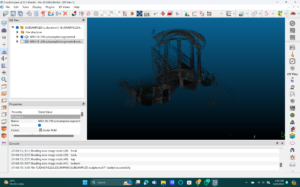
Manipulation in Rhino Software: Rhino is a powerful 3D modeling software commonly used for tasks such as CAD (Computer-Aided Design) and 3D modeling. In this step, the subsampled and split point cloud data was manipulated in Rhino to create an illusioned mesh of the sculpture. This process likely involved smoothing, sculpting, and possibly adding or modifying details to enhance the visual appeal or conceptual meaning of the sculpture.
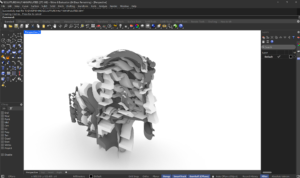
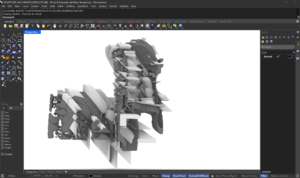
3D Printing: Finally, the manipulated digital model was translated into a physical form through 3D printing. This process involves layer-by-layer deposition of material based on the digital model, resulting in a tangible replica of the digitally manipulated sculpture.
The phenomenon of showing manipulated objects, such as in the case of this sculpture, can evoke a sense of curiosity and wonder for several reasons:
- Blurring Boundaries: By manipulating the digital representation of the sculpture, boundaries between physical reality and digital imagination become blurred. Viewers may be intrigued by the interplay between the original form of the sculpture and the creative reinterpretation facilitated by digital tools.
- Unveiling Hidden Realities: Manipulating the point cloud data to reveal the interior hollow of the sculpture exposes hidden realities that are not immediately apparent from its external appearance. This revelation can spark curiosity about the structure and composition of the sculpture, inviting viewers to explore its hidden depths.
- Engagement with Interpretation: The act of manipulating the digital model involves subjective interpretation and creative expression. Viewers may be curious about the intentions and motivations behind the manipulation, leading to deeper engagement with the artwork and its conceptual underpinnings.
2. Touch reactive point cloud
The concept of a bridge in Dean’s Village spiraling into space upon touch using TouchDesigner presents an intriguing fusion of physical infrastructure and interactive digital art.
Physical Structure: The bridge in Dean’s Village serves as the tangible, real-world foundation for the interactive experience. Its solid, fixed form represents stability, connection, and continuity. This physical structure is familiar and concrete, providing a tangible starting point for the interactive journey.
Spiraling into Space: The transformation of the bridge into a spiraling structure that extends into space introduces a sense of dynamism, movement, and transformation. This spiraling motion symbolizes a departure from the ordinary, a transcendence of physical constraints, and an exploration of new dimensions. It represents a departure from the mundane and an invitation to journey into the unknown.
Interactive Engagement: The use of TouchDesigner to enable the bridge to spiral into space upon touch adds an interactive layer to the experience. TouchDesigner is a powerful visual programming platform that allows for real-time interaction and manipulation of digital content. By incorporating touch input, the concept invites active participation and engagement from the audience, empowering them to shape and influence the unfolding narrative.
Symbolism and Metaphor: The concept of the bridge spiraling into space can be rich with symbolism and metaphor. It can evoke themes of exploration, discovery, and transcendence. The bridge represents a threshold between familiar and unknown realms, while the act of spiraling into space signifies a journey of transformation, expansion, and self-discovery. It prompts contemplation of boundaries, limitations, and the human capacity for exploration and innovation.
Aesthetic and Sensory Experience: Beyond its conceptual depth, the concept also offers a captivating aesthetic and sensory experience. The visual spectacle of the bridge spiraling into space, accompanied by sound, light, and possibly other sensory elements, creates a multisensory journey that captivates the imagination and stimulates the senses. It blurs the boundaries between physical and digital realms, inviting viewers to immerse themselves in a captivating world of imagination and possibility.
3. Human object crumbling into lines



The concept of a human object crumbling into lines with TouchDesigner, projected onto two pieces of black mirrored acrylic sheets placed perpendicular to each other, introduces a fascinating exploration of fragmentation, reflection, and multidimensional imagery. Let’s delve into the concept and its implications:
Human Object Crumbling into Lines: Using TouchDesigner to simulate a human object crumbling into lines offers a powerful metaphor for transformation, dissolution, and disintegration. This visual effect can evoke themes of impermanence, mortality, and the ephemeral nature of existence. The human form, a symbol of identity and corporeality, undergoes a process of deconstruction, breaking down into abstract lines that blur the boundaries between form and formlessness.
Projection onto Mirrored Acrylic Sheets: Projecting the fragmented imagery onto two pieces of black mirrored acrylic sheets positioned perpendicular to each other introduces a mesmerizing interplay of reflection and refraction. The mirrored surfaces create an illusion of depth and complexity, as the fragmented lines are multiplied and reflected in multiple directions. This multidimensional aspect of the installation adds a layer of visual richness and complexity, inviting viewers to explore different perspectives and interpretations.
Perpendicular Placement: Placing the mirrored acrylic sheets perpendicular to each other enhances the immersive and transformative nature of the installation. The intersecting angles create dynamic visual compositions, as the fragmented lines interact and intersect in unexpected ways. The viewer’s perspective becomes an integral part of the experience, as they navigate the shifting reflections and perspectives generated by the mirrored surfaces.
Multidimensional Image: The use of mirrored acrylic sheets to reflect the fragmented imagery results in the creation of a multidimensional image that transcends the physical boundaries of the installation. The viewer is immersed in a spatially expansive and visually immersive environment, where the boundaries between reality and illusion are blurred. This multidimensionality encourages contemplation of the interconnectedness of all things and the fluidity of perception.
Conceptual Depth: Beyond its visual spectacle, the concept of a human object crumbling into lines and reflected on mirrored acrylic sheets opens up a space for deeper contemplation and reflection. It prompts exploration of themes such as identity, transience, and the nature of reality. The juxtaposition of the human form with abstract geometric lines invites viewers to reflect on the relationship between the individual and the universal, the tangible and the intangible.
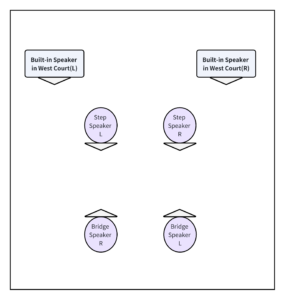

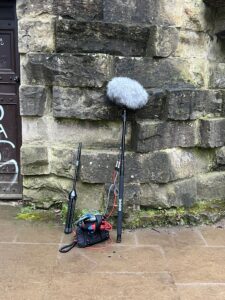


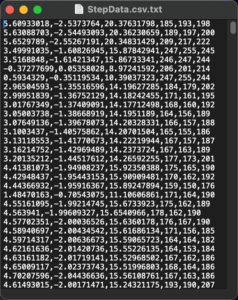
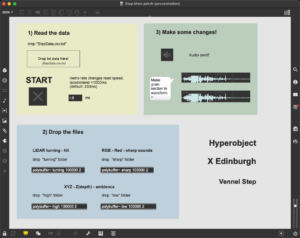
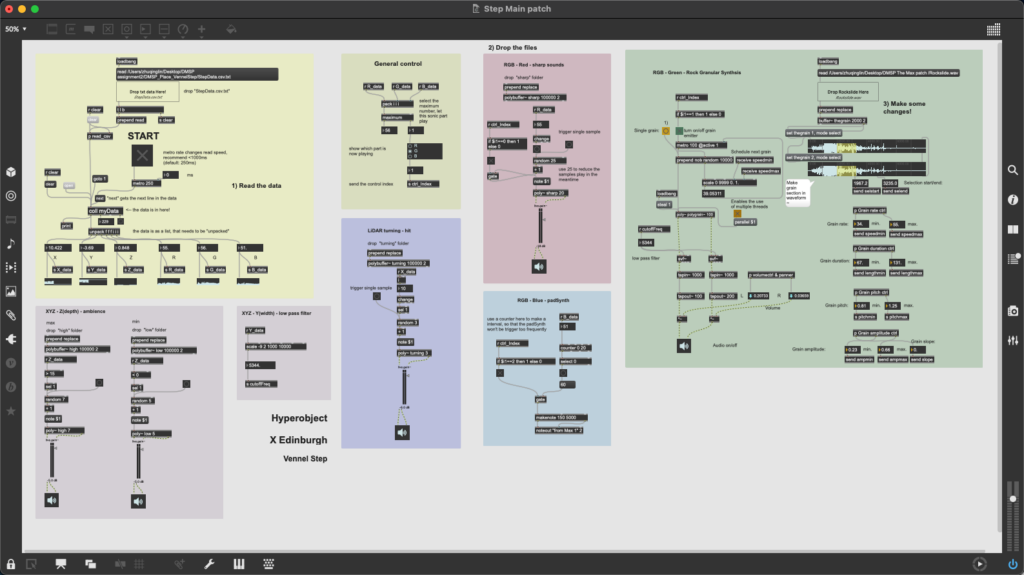
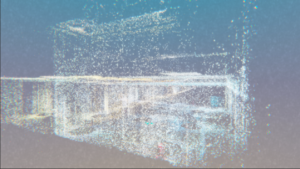
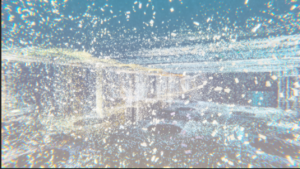

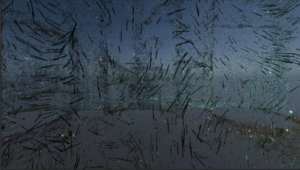

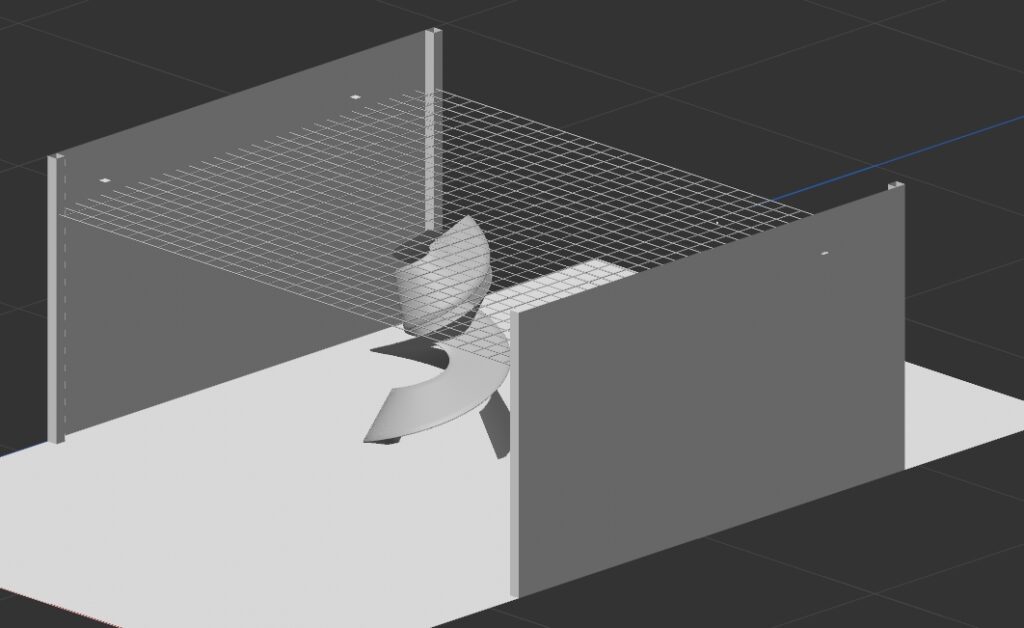 Fig 2-rendering of main object
Fig 2-rendering of main object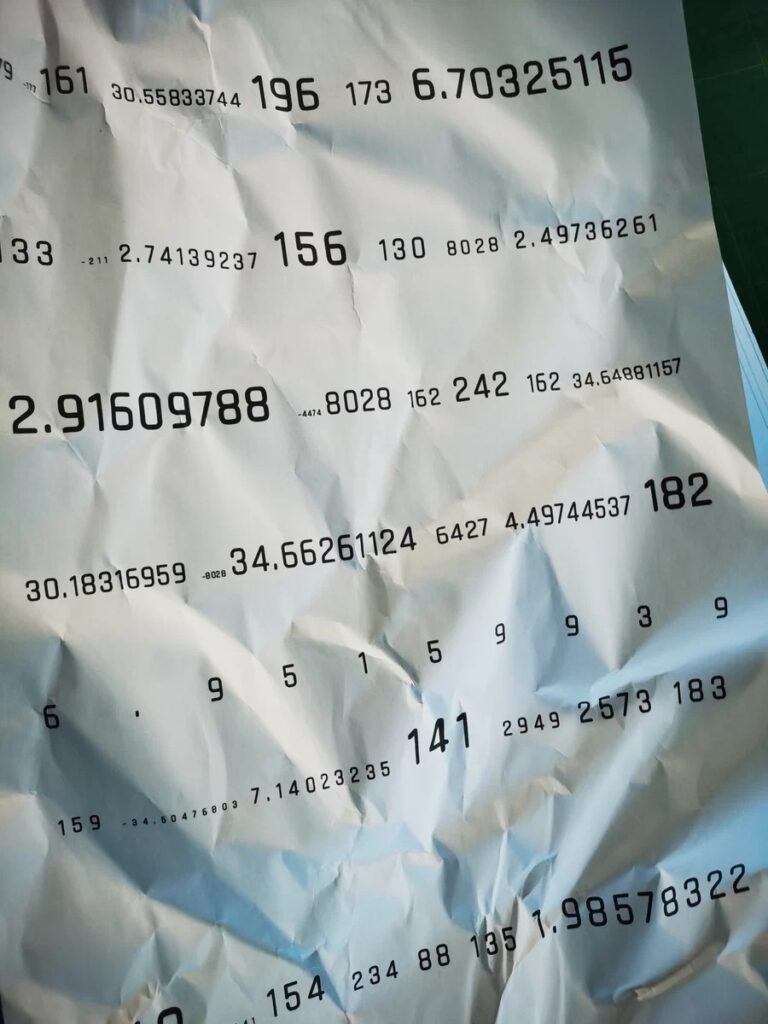


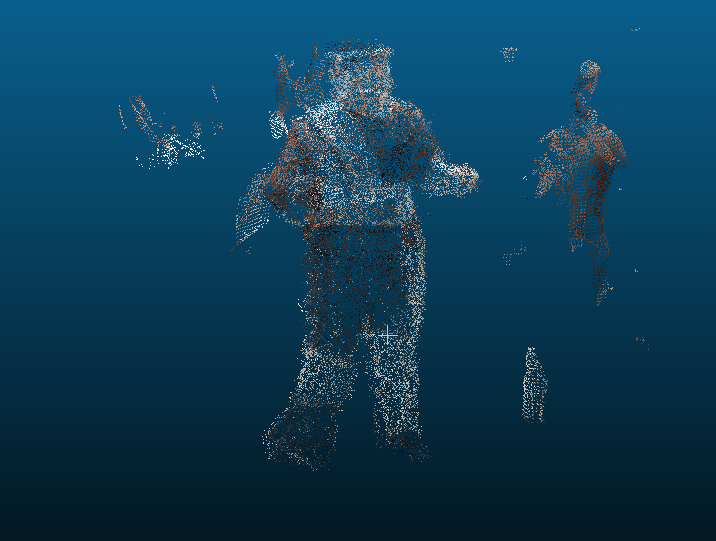
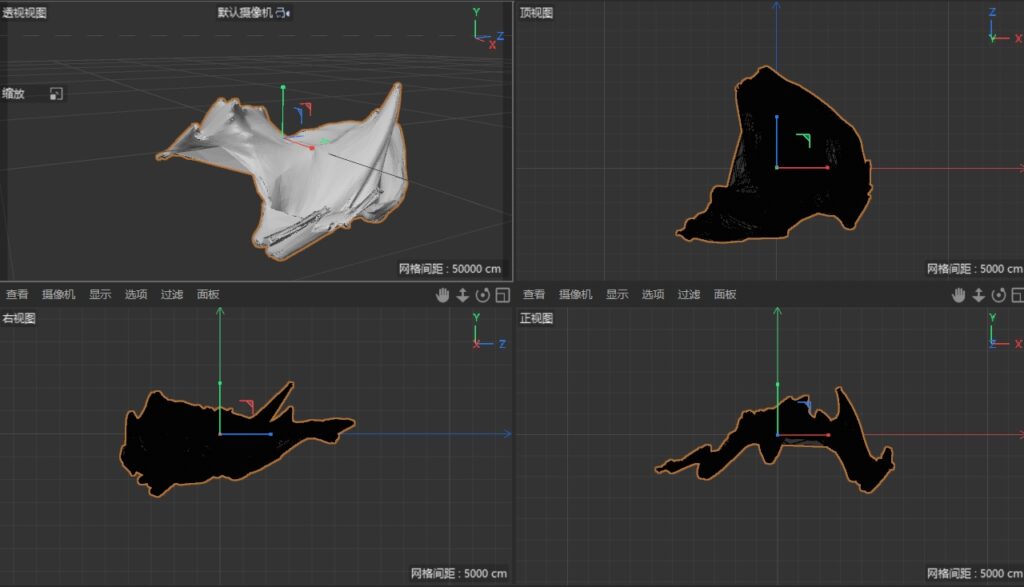


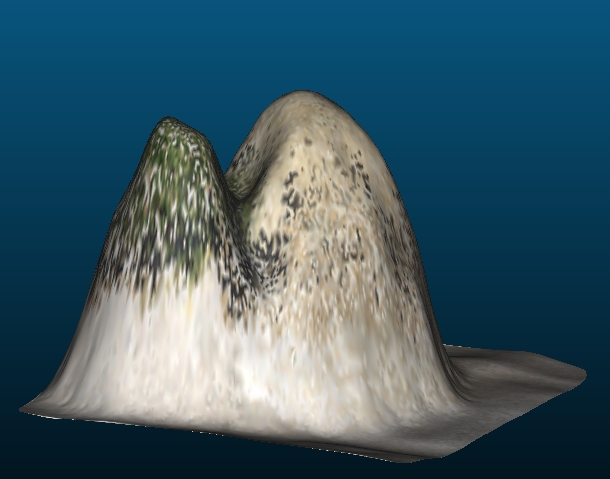

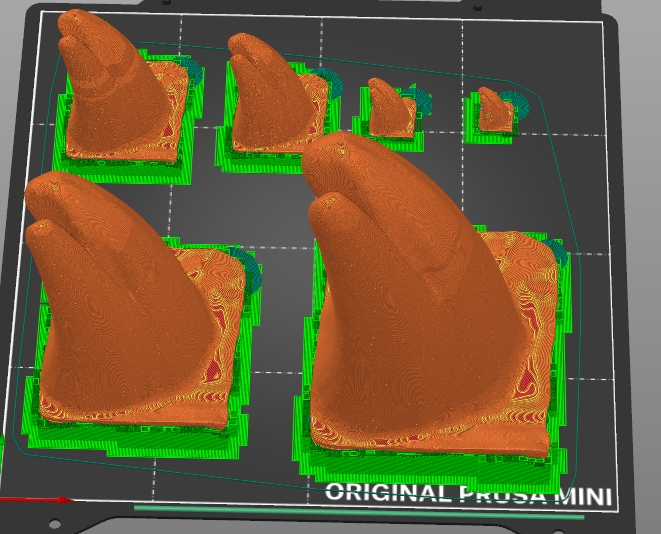

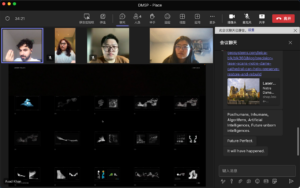
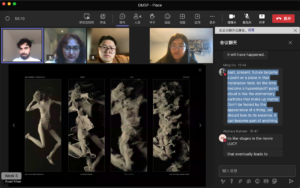
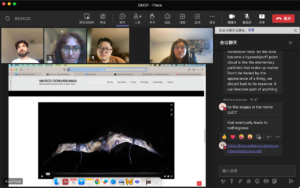





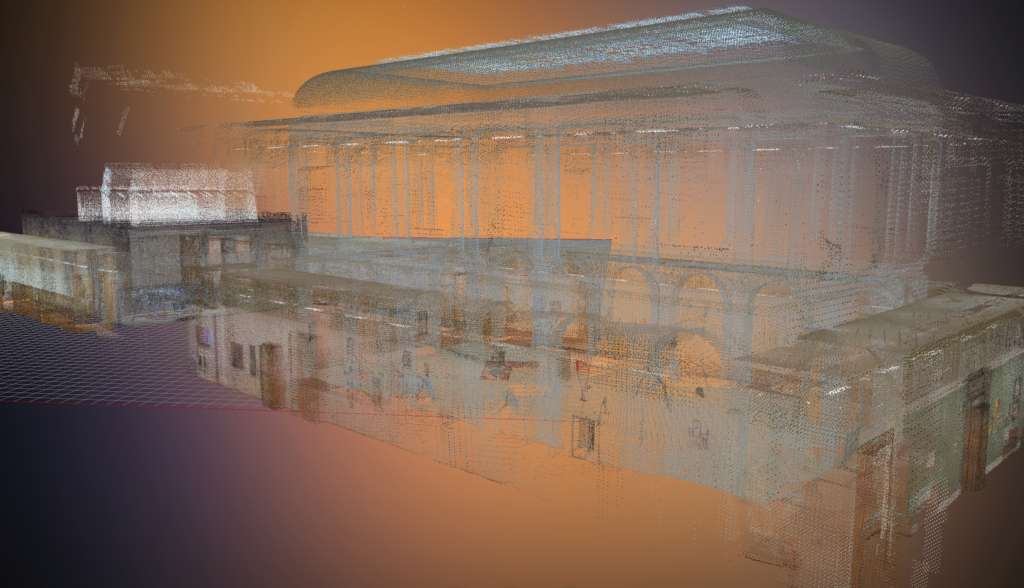
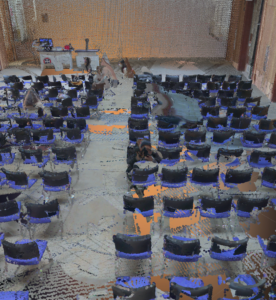
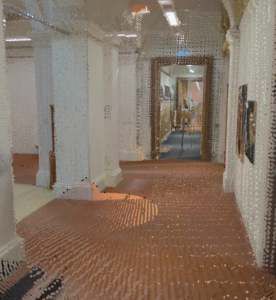
 Figure 8 South corridor by west court
Figure 8 South corridor by west court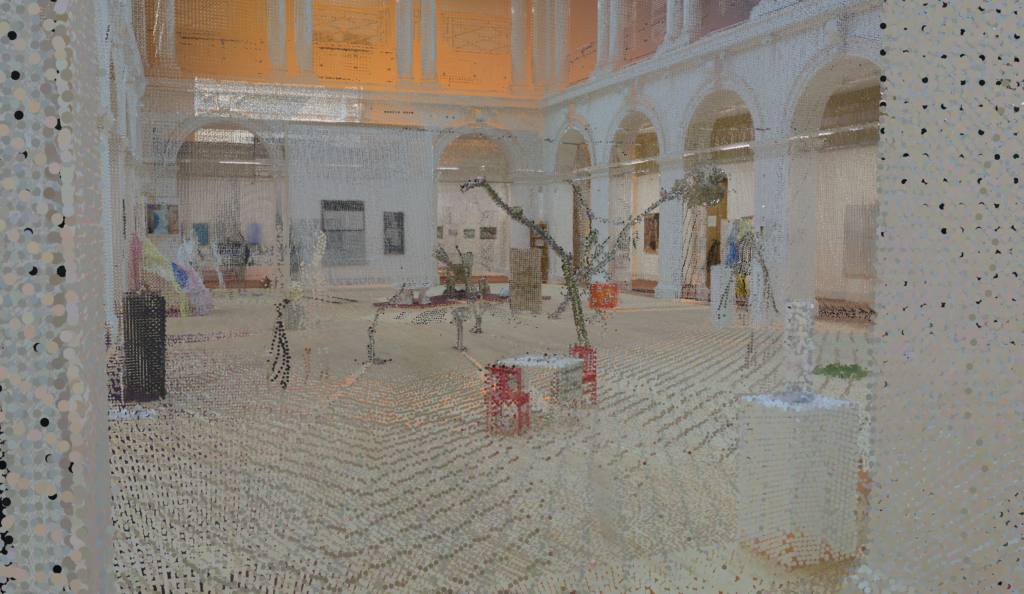

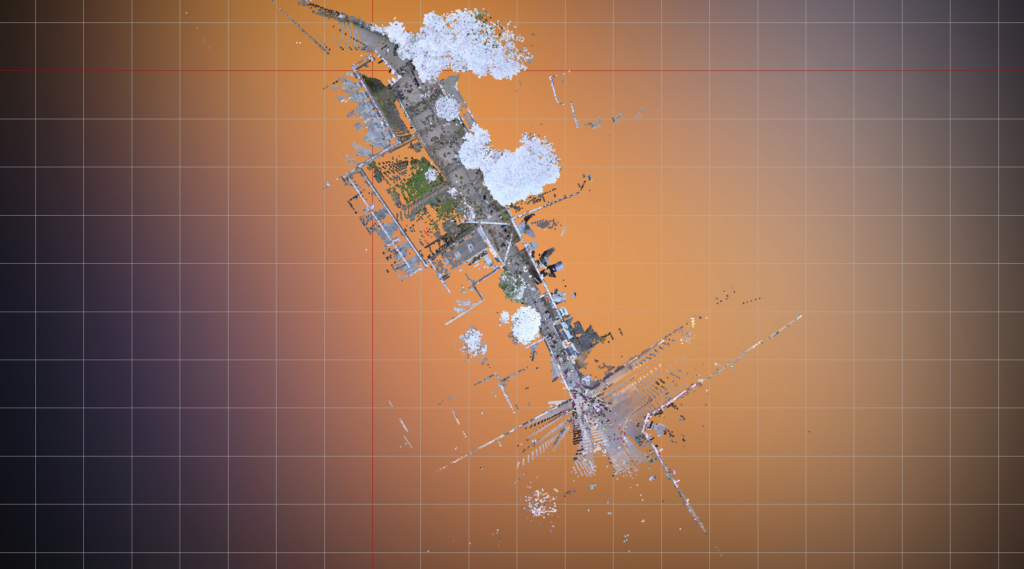
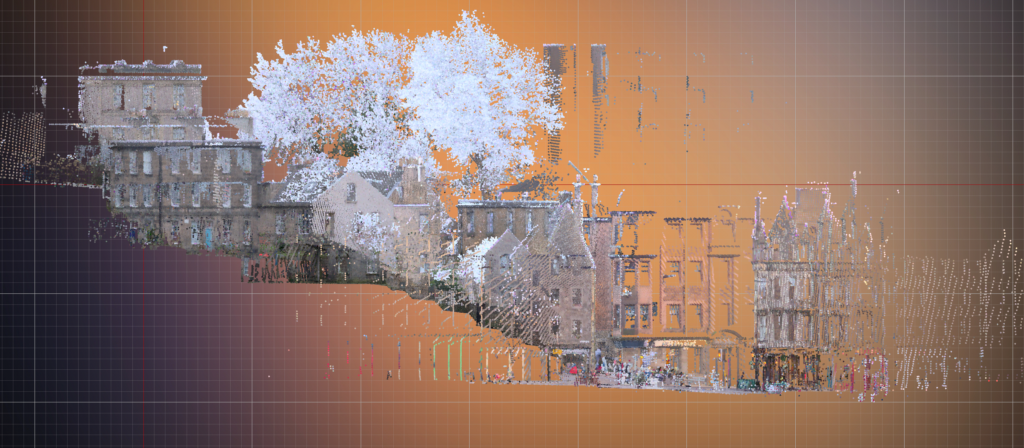

 Figure 14 Vennel Steps top view
Figure 14 Vennel Steps top view